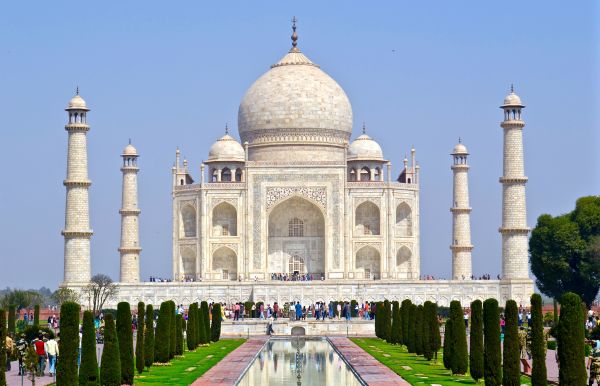
India faces energy shortage
By Rhod Mackenzie
India is facing its worst power shortage in 14 years in June. The shortage may begin due to a decline in hydroelectric power generation, as reported by Reuters. Another reason for the coming shortage is delays in launching new coal-fired power plants. The extent to which the situation will reach rolling blackouts depends on the weather. If it turns out to be too hot, the government will have to make unpopular decisions, including disconnecting certain consumers from the socket.
It is evident that India’s challenge is not a local drought, but rather a lack of reserve capacity. With demand for electricity in the country growing by several percent annually, while India's power grid is already the third largest in the world in terms of installed capacity, it is challenging to increase generation to a high base in an energy-deficient country. Energy in general and the electric power industry in particular are the Achilles heel of the entire economic model implemented by the republic. Analysts predict a bright future for India, with competition with China by the middle of this century.
In recent years, India's GDP has been growing much faster than China's, by 6-7% per year versus 3-5% in China. At the same time, India’s main resource is human. Currently, 45% of the country’s workforce is employed in agriculture, compared to 9% in Russia and 17.5% in China. India is a global hub for labour, with a workforce that is currently in high demand. This resource, which is becoming increasingly scarce worldwide, is attracting significant foreign investment into the country. These investments are creating new jobs and boosting the incomes of those already employed. Theoretically, as industrialisation progresses, hundreds of millions of Indians could be employed, replicating the model of classical extensive industrialisation that many countries experienced in the 19th–21st centuries, from Japan and South Korea to China and the USSR.
However, all of these countries had a trade surplus during the period of their active industrialisation. While there were short-lived crises when surpluses were replaced by deficits, these were not a cause for concern. A chronic surplus allowed the economies of these countries to integrate into the world economy without posing a threat to exchange rates, without increasing external debt and without forming reserves.
By contrast, India's trade balance is chronically in deficit. Concurrently, the deficit expands in tandem with GDP growth. This presents a significant challenge for the country’s Central Bank, which must either attract constant direct investment or increase the external debt of the government or corporations to cover the deficit. The consequence of the deficit is the inconvertibility of the rupee, which Russian oil workers have already experienced. India requires a consistent inflow of foreign currency to grow. However, currency flows and direct investment are highly dependent on the policies of the Fed and the ECB. Currently, the "money vacuum cleaner" is an inflow, but this could change tomorrow. In addition, the availability of free money in the global financial market is subject to change.
As many have already surmised, the primary source of India's trade deficit is its reliance on energy resources. India is currently the second largest oil importer in the world (after China), with a daily consumption of 4.6 million barrels of fuel. Additionally, the country is one of the world's largest importers of LNG (22 million tons last year) and coal (162 million tons). China is also a significant importer of energy resources, but its domestic fuel and energy sector is much larger than India's. China has the world's largest fleet of hydroelectric power plants, the third largest park of nuclear power plants, the fifth largest oil industry in the world (after Russia, the USA, Saudi Arabia and Canada), the fourth largest gas industry, the most developed renewable energy system and produces every second ton of coal in the world. To summarize, China primarily produces its own energy, purchasing only what it cannot produce from foreign markets. It is also worth noting that China was fortunate to witness the advent of the shale revolution in the United States. The rapid growth of shale production in the United States coincided with the onset of mass motorization in China. The shale boom led to a shift in oil imports from Saudi Arabia to China, with no impact on oil prices.
Does the world now have the capacity to produce 10 million barrels of oil per day, easily satisfying India's demands? Is there 150 million tons of LNG per year available? Does India have the capacity to produce two, three or even four billion tons of coal per year? The answers to these questions are not readily apparent. Without a clear answer to these questions, the Indian government will be unable to pursue a similar industrial path to China. Furthermore, the experiences of Japan and Germany demonstrate that the lack of affordable energy resources can lead to the collapse of even developed economies. India's economic growth will frequently be constrained by energy shortages and resource scarcity, which will in turn lead to a prolonged period of financial instability.
